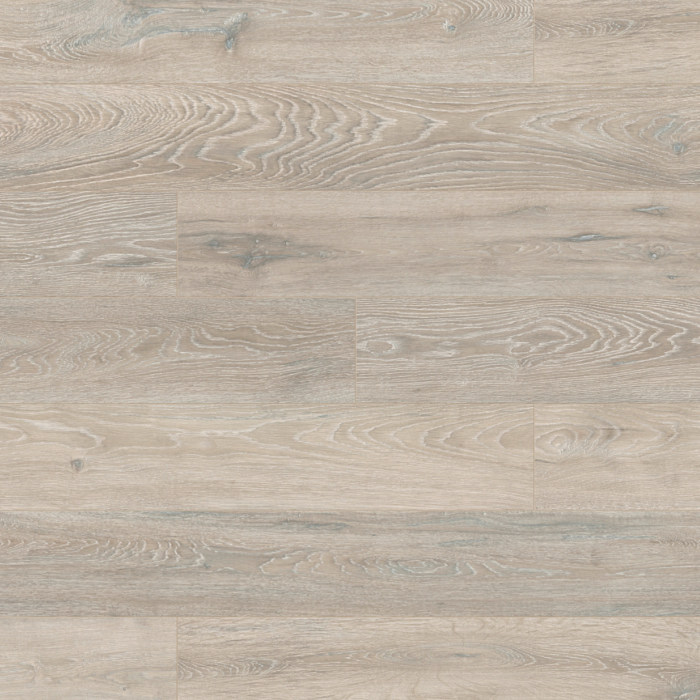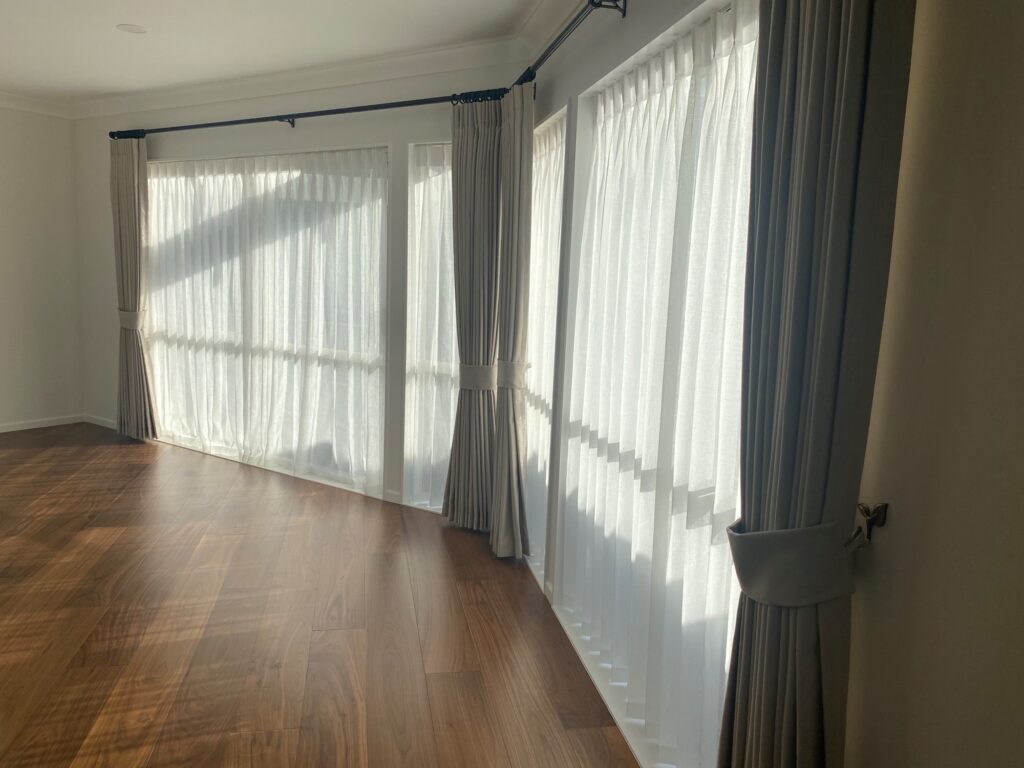If you find the goods damaged upon delivery, please contact us as soon as possible. If the damage is minor, it can be addressed using the following method.
When it comes to installing flooring, whether it be engineered wood, laminate, or another material, a common issue encountered is damage to the edges of the flooring boards. This damage can occur during manufacturing, shipping, or even installation, leading to frustration and potential waste. However, a practical and efficient approach can help mitigate this problem and reduce unnecessary wastage.

Understanding Board Damage
Typically, the edges of flooring boards are most susceptible to damage. This vulnerability is due to their exposed position, making them prone to chipping, cracking, or other forms of wear during handling. Recognizing this pattern of damage is the first step in planning an effective flooring installation strategy.
Trimming to Fit
Another standard aspect of laying new flooring is the need to adjust the size of the boards. Most rooms will not perfectly accommodate whole boards in terms of length or width, necessitating cuts to achieve a precise fit. This trimming process is not just a matter of convenience but a necessity for a professional-looking finish.

Strategic Use of Damaged Boards
Here lies an opportunity to optimize the use of materials and minimize waste. By strategically planning the layout of your flooring, you can align the need to trim boards with the existence of damaged edges. In essence, when you identify a board with damage on one end, consider positioning this board in a location where cutting is required. This approach allows you to remove the damaged section as part of the trimming process, ensuring that the remainder of the board fits seamlessly into your floor plan.
Advantages of This Approach
Reduction of Waste: By using damaged boards in areas where cuts are necessary, you decrease the amount of material that is discarded, promoting a more sustainable and cost-effective project.
Aesthetic Integrity: This method ensures that the visible parts of your flooring remain intact and undamaged, preserving the aesthetic appeal of your space.
Resourcefulness: It demonstrates an efficient use of resources, showcasing thoughtful planning and execution in your flooring installation.




